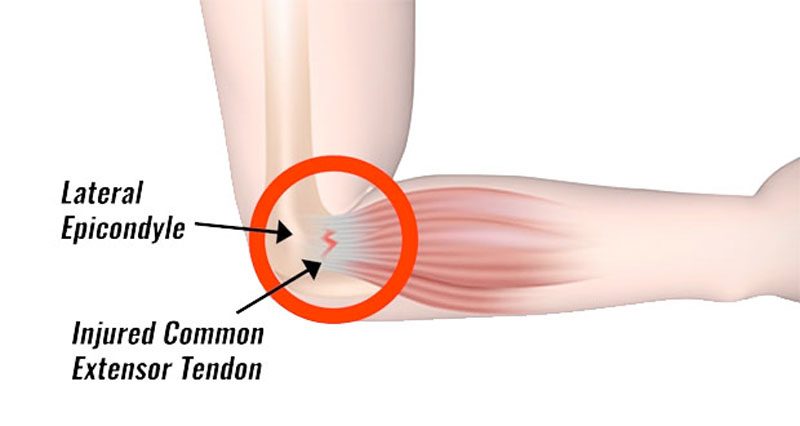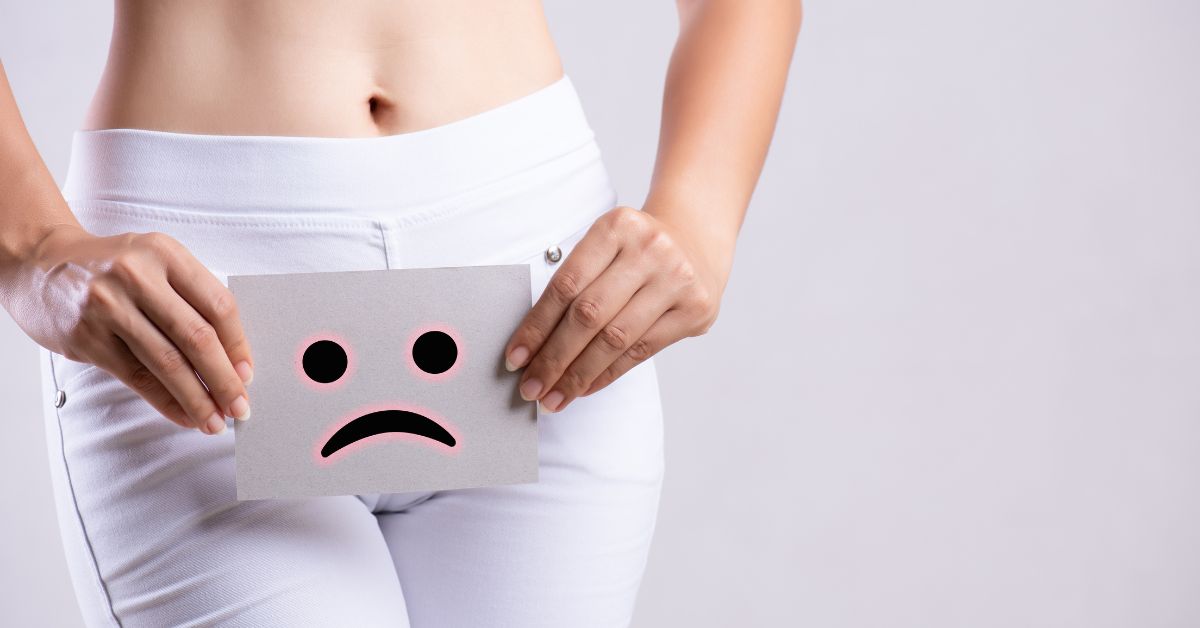Understanding Tennis Elbow and Homeopathic Treatments
What is Tennis Elbow?
Tennis elbow, medically known as lateral epicondylitis, is a condition characterized by pain on the outer side of the elbow. This pain is usually caused by repetitive overuse of the forearm muscles and tendons near the elbow joint. Despite its name, tennis elbow isn’t exclusive to tennis players; anyone who repetitively stresses their elbow joint—such as carpenters, violinists, and painters—can develop this condition. The pain and weakness associated with tennis elbow can interfere with everyday tasks like shaking hands, holding a cup, or turning a doorknob.
Homeopathic Remedies for Tennis Elbow
Homeopathic treatments offer a natural, effective way to manage tennis elbow, providing relief from pain and stiffness. Unlike conventional medicine, which often aims to suppress symptoms, homeopathy works by stimulating the body’s healing processes, targeting the root cause of the condition. This approach not only helps to reduce inflammation and heal tendon damage but also provides long-term relief without any side effects.
Key Homeopathic Medicines for Tennis Elbow
Several homeopathic remedies are highly effective for treating tennis elbow. Here are some of the most commonly used ones:
- Rhus Tox: This is the go-to remedy for managing tennis elbow, especially in cases resulting from overuse or strain of muscles and tendons. It is particularly effective in alleviating inflammation, pain, and stiffness in the elbow. The pain typically worsens when at rest and improves with movement. For best results, Rhus Tox is usually taken in a 30C potency, three to four times a day, depending on the severity of symptoms. As improvement occurs, the dosage can be reduced.
- Ruta: Made from the garden rue plant, Ruta is similar to Rhus Tox in its action. It is particularly useful for treating sore pain and stiffness in the elbow caused by inflammation and injury from overuse. This remedy is especially indicated when touching the affected area causes pain. Ruta is typically used in a 30C potency, taken three to four times a day initially, with the frequency reduced as symptoms improve.
- Bryonia: This remedy, derived from the wild hops plant, is beneficial for tennis elbow accompanied by significant pain and swelling around the elbow. The pain usually worsens with movement and is relieved by rest. Bryonia can also help when the pain radiates from the elbow down to the wrist. It is usually taken in a 30C potency, two to three times a day.
- Bellis Perennis: Extracted from the English daisy, Bellis Perennis is effective for treating tendon injuries and inflammation caused by repetitive stress or overuse of the muscles. It is also helpful in cases of direct elbow injury. This remedy aids in healing injured tendons, reducing inflammation, and alleviating elbow pain. It is typically used in a 30C potency, taken twice a day.
- Calcarea Carb: This remedy is particularly effective for pain that starts on the outer side of the elbow and extends down to the wrist, especially when the pain is tearing in nature and occurs while trying to hold objects. It can also help relieve stiffness in the elbow. Calcarea Carb is usually taken in a 30C potency, once a day.
Symptoms of Tennis Elbow
- Pain: The primary symptom of tennis elbow is pain on the outer side of the elbow, where the tendons of the forearm muscles attach to the elbow’s bony bump. The pain may extend down to the forearm and wrist and can worsen with activities like bending the arm, twisting the forearm, turning a doorknob, writing, lifting objects, or gripping things. Some people may also experience a burning sensation on the outer side of the elbow.
- Stiffness: There may be stiffness in the elbow, especially when extending the arm.
- Swelling and Tenderness: The elbow may become swollen and tender to the touch.
- Weak Grip: A noticeable decrease in grip strength when holding objects.
Causes of Tennis Elbow
Tennis elbow typically develops due to the overuse of the forearm muscles, often from repetitive activities that strain the tendons connecting these muscles to the elbow. This can lead to inflammation, damage, or even tearing of the tendons. While tennis players are commonly affected, this condition also occurs in people who engage in activities involving repetitive use of the wrist and arm muscles, such as painters, plumbers, bowlers, gardeners, carpenters, and swimmers. In some cases, a direct injury to the elbow may cause tennis elbow. Although it can affect individuals of any age, it is most common in people aged 30 to 50. Occasionally, tennis elbow can develop without any clear reason, known as idiopathic tennis elbow.
Homeopathic remedies provide a safe and effective way to manage tennis elbow by reducing pain, stiffness, and inflammation, and helping the body heal naturally. If you are experiencing symptoms of tennis elbow, consider consulting a homeopathic practitioner for personalized treatment options.



